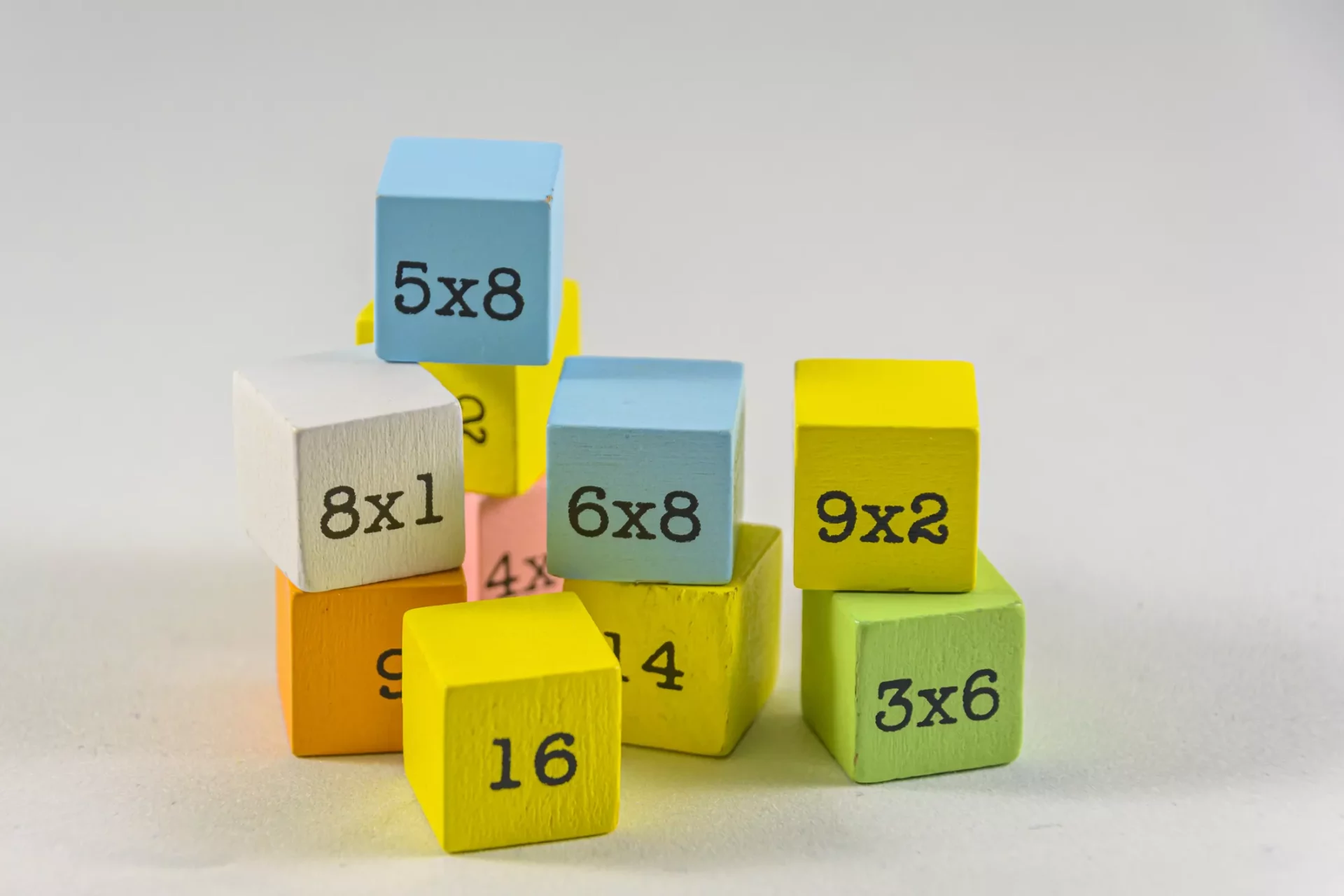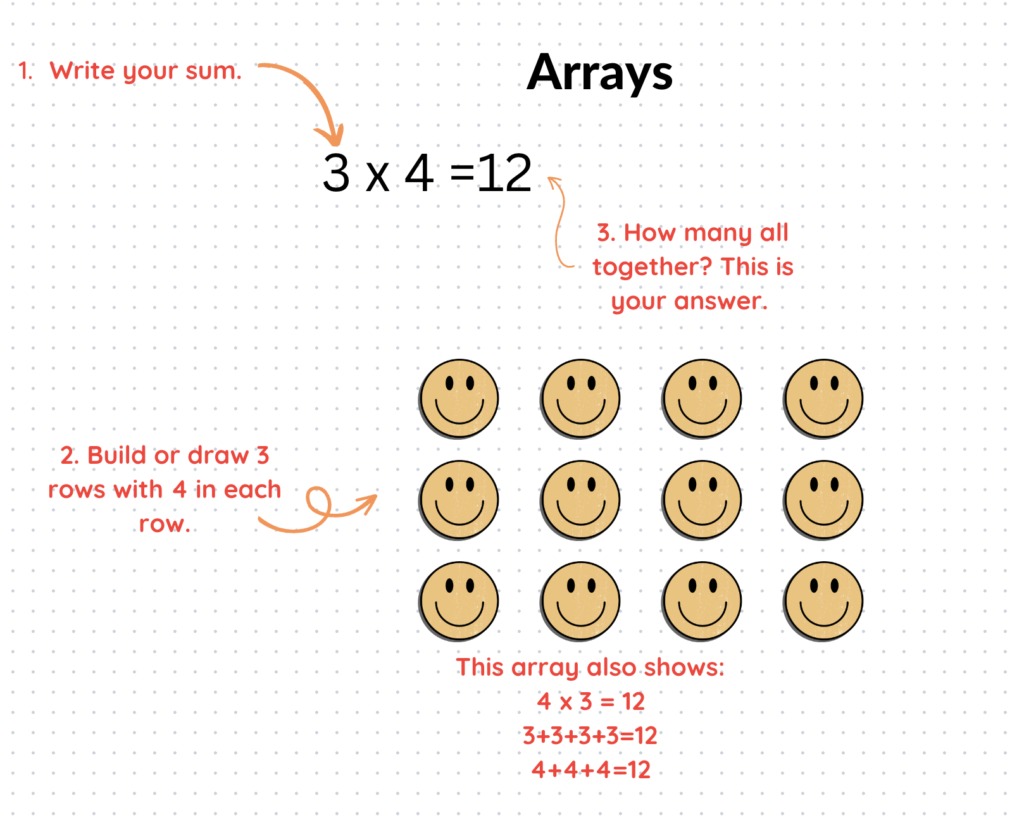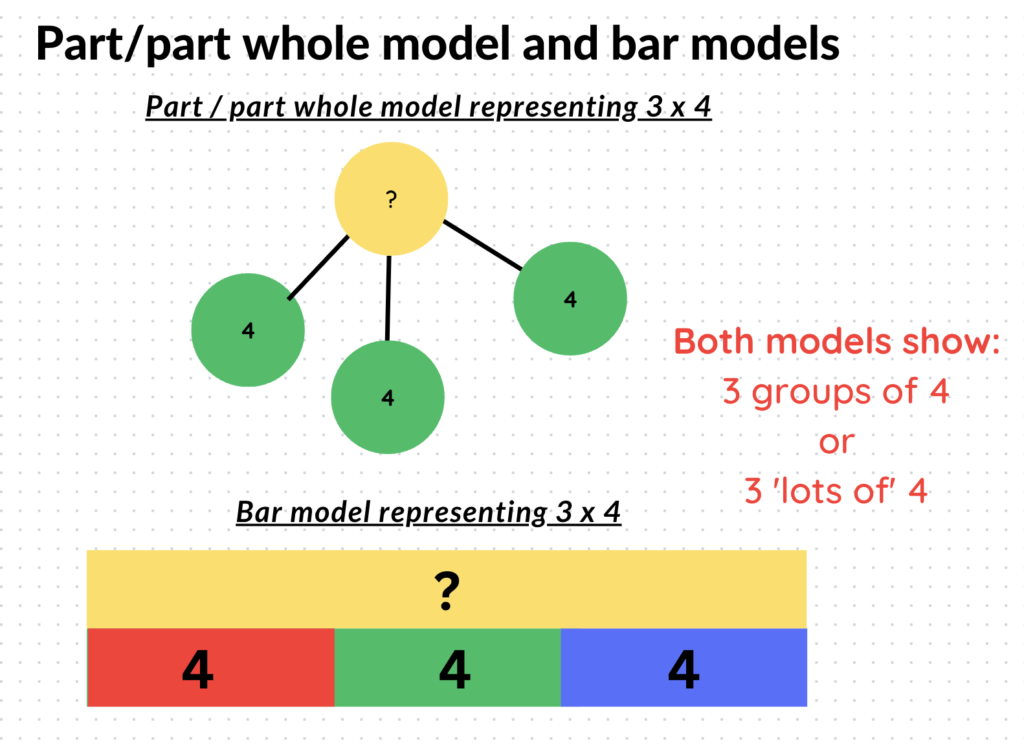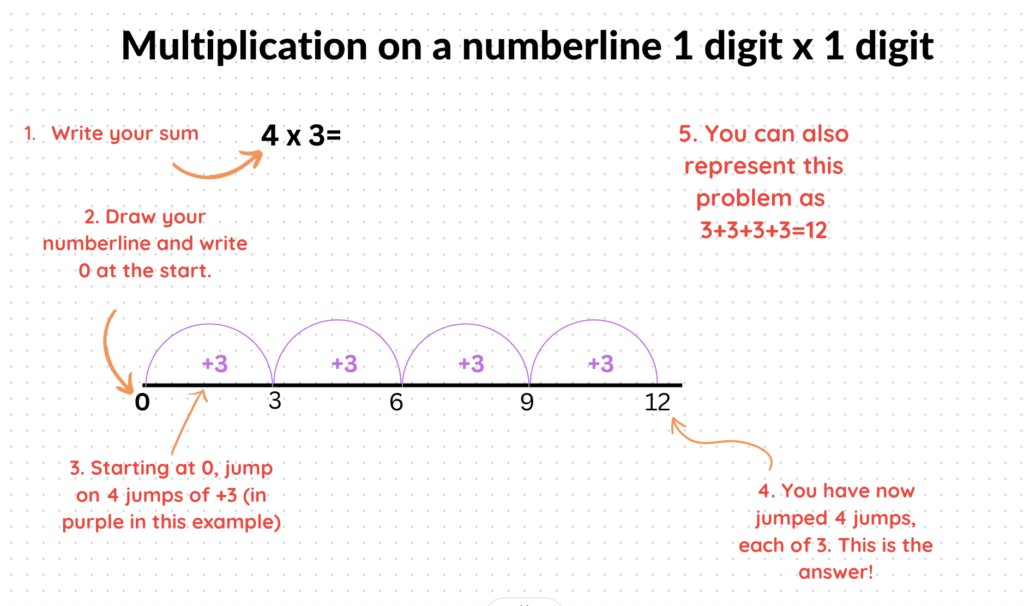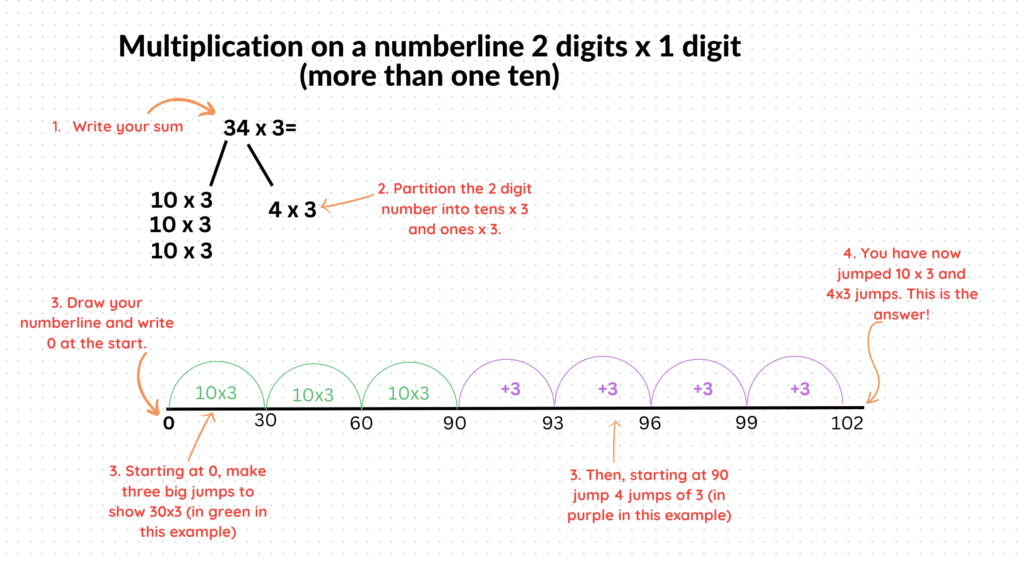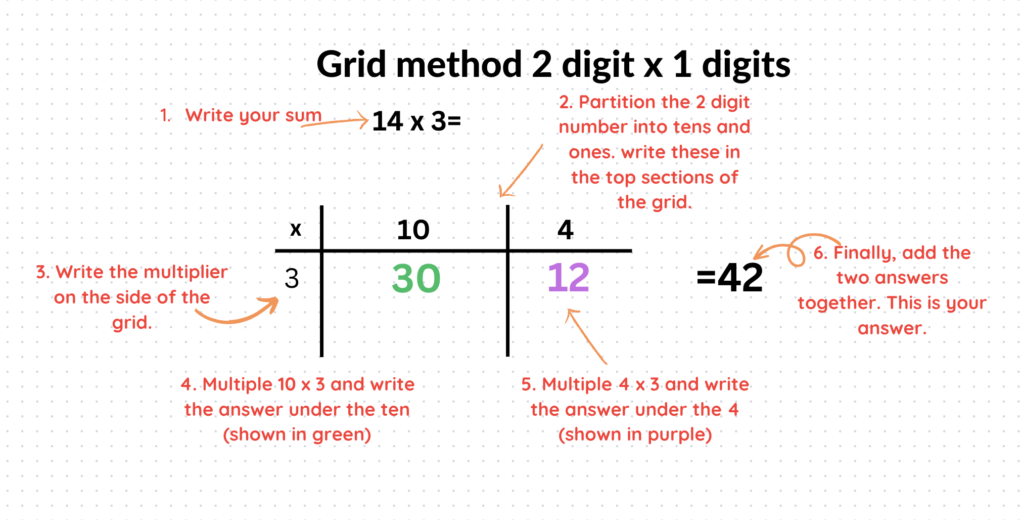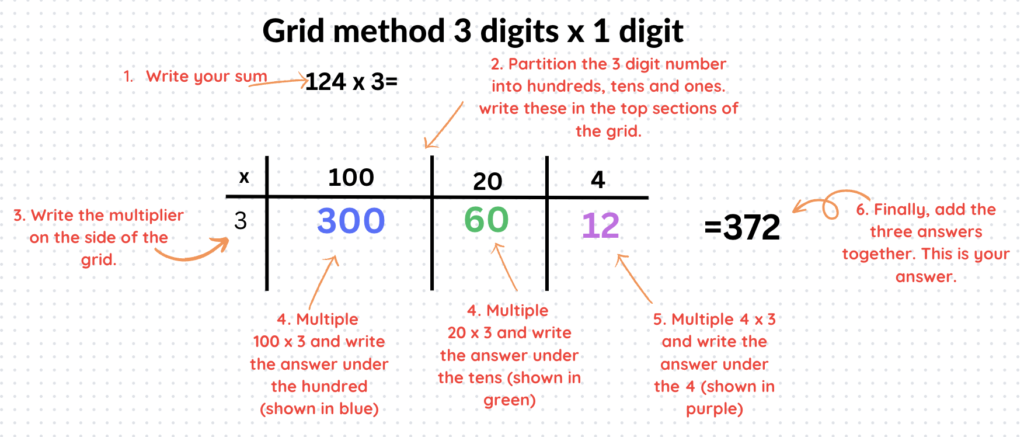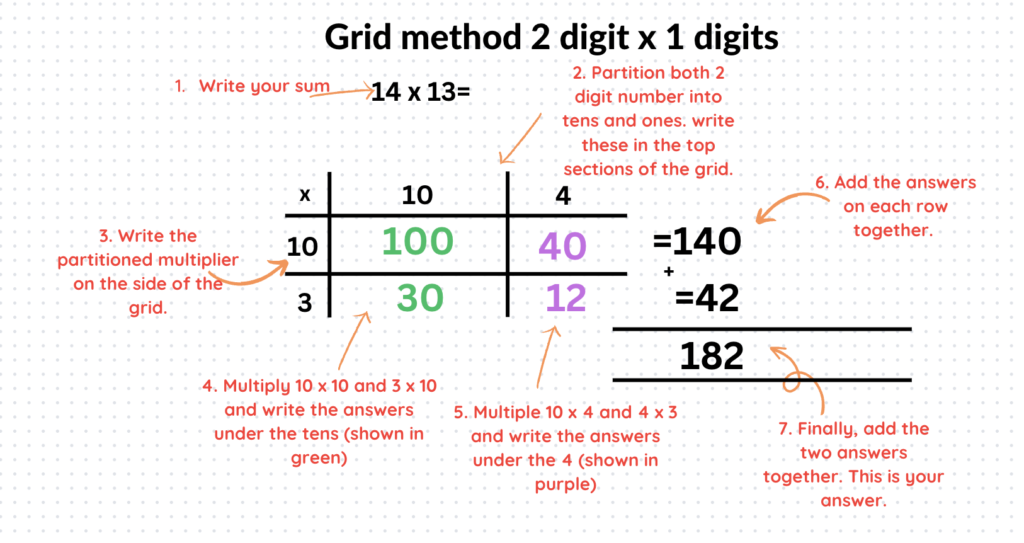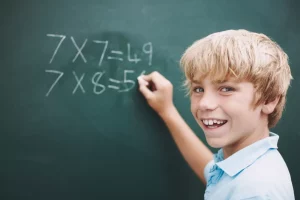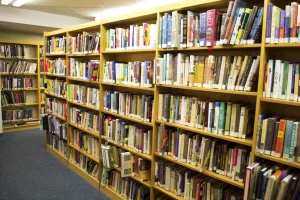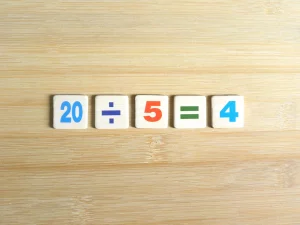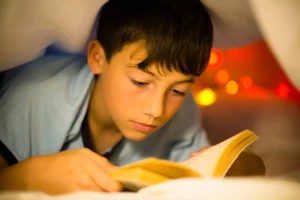Multiplication is a key arithmetic skill which children need to become successful mathematicians. Not only is it the foundation of many problem solving activities, including other maths areas such as algebra and geometry, it also has many real world applications outside of education. The written methods used for multiplication utilise the numberline, arrays, and later on, the grid method, before children move to standard written methods,
What’s the deal with times tables?
Any teacher or maths tutor in Guernsey will tell you that children who are the most efficient and accurate mathematicians also have great times table knowledge and recall. Having times tables at the tips of your fingers can speed up calculations and allows children to use their mental maths skills to solve problems rather than using written methods, something our maths tutors in Guernsey commonly help students to develop.
As a general rule, in Guernsey the maths curriculum states that children should know all their times tables fluently and with quick recall (under 5 seconds) up to 10×10 by the end of year 4. Typically, children in year 2 will learn the 2x, 10x and 5x tables, year 3 will focus on 3x, 4x and 6x, and in year 4 children will learn 9x and 7x tables. This is of course a rough guide, and your child’s teacher or maths tutor will be able to tell you exactly which times table they are currently working on. Much like reading, tables benefit greatly from regular practice to really embed them in your child’s long term memory. There are lots of apps available which ‘gamify’ the process, but often families find making use of car journeys an easy way to learn times tables.
Prior learning
By Key Stage 2, most children will be proficient in skip counting in 2s, 5s and 10s, and will have experience of using pictures and objects to help them solve multiplication problems.
Arrays
An array is a way of organising objects or symbols to represent a multiplication sum.
Other models and ways of showing multiplication
Multiplication is an operation which really benefits from being represented visually, especially in the early stages. Physically building arrays, as well as some of the models below, is recommended by our Guernsey maths tutors to help develop children’s conceptual understanding. The following models do not necessarily solve multiplication problems, but they give a clear visual prompt as to what the problem is asking a child to do.
Numberlines
For multiplication, the link between repeated addition and multiplication is used by our Guernsey maths tutors to help children represent their calculation. Although children can solve this type of problem by skip counting, or even counting on, it is much more efficient if children can use their times tables.
This method can also be used for multiplying larger numbers too:
Usually, once children have mastered this method, teachers and maths tutors in Guernsey would move them on to the grid method (see below.) However, it is possible to use a numberline method to multiply numbers with hundreds, tens and ones, but it can become cumbersome!
Grid Method
This is a favourite method among Key Stage 2 teachers and maths tutors in Guernsey as it is as quick and efficient as the formal algorithm. Parents have been known to use this method too as it is more straightforward than the standard long multiplication method, which most parents will have learned at school. Children tend to first use this method in Year 3 or 4. It is important before using this method that children have a strong understanding of place value, and can multiply a number by 10 and 100 successfully.
Teachers and maths tutors often find that this method also benefits children’s mental maths skills for addition.
Long multiplication, including 2 digit x 2 digit can also be accomplished using the grid method:
Often, in the early stages of moving to use the standard written method for multiplication, children will be taught it in tandem with the grid method, as they utilise similar skills.
In conclusion, teaching a range of progressive written methods for multiplication is crucial for children in Key Stage 2. Not only does it help them develop strong problem-solving and mental math skills, but it also prepares them for higher-level maths and boosts their confidence and self-esteem. By learning different methods for multiplication, children can choose the one that works best for them and become more proficient in this fundamental mathematical concept. Our skilled team of maths tutors in Guernsey are adept at using and teaching all written methods, as well as troubleshooting any issues which may arise as children learn to use these methods. Moreover, these skills have real-world applications, making them relevant and important for children to learn. Therefore, it is essential that educators prioritize the teaching of a range of progressive written methods for multiplication to support their students’ academic and personal growth.

